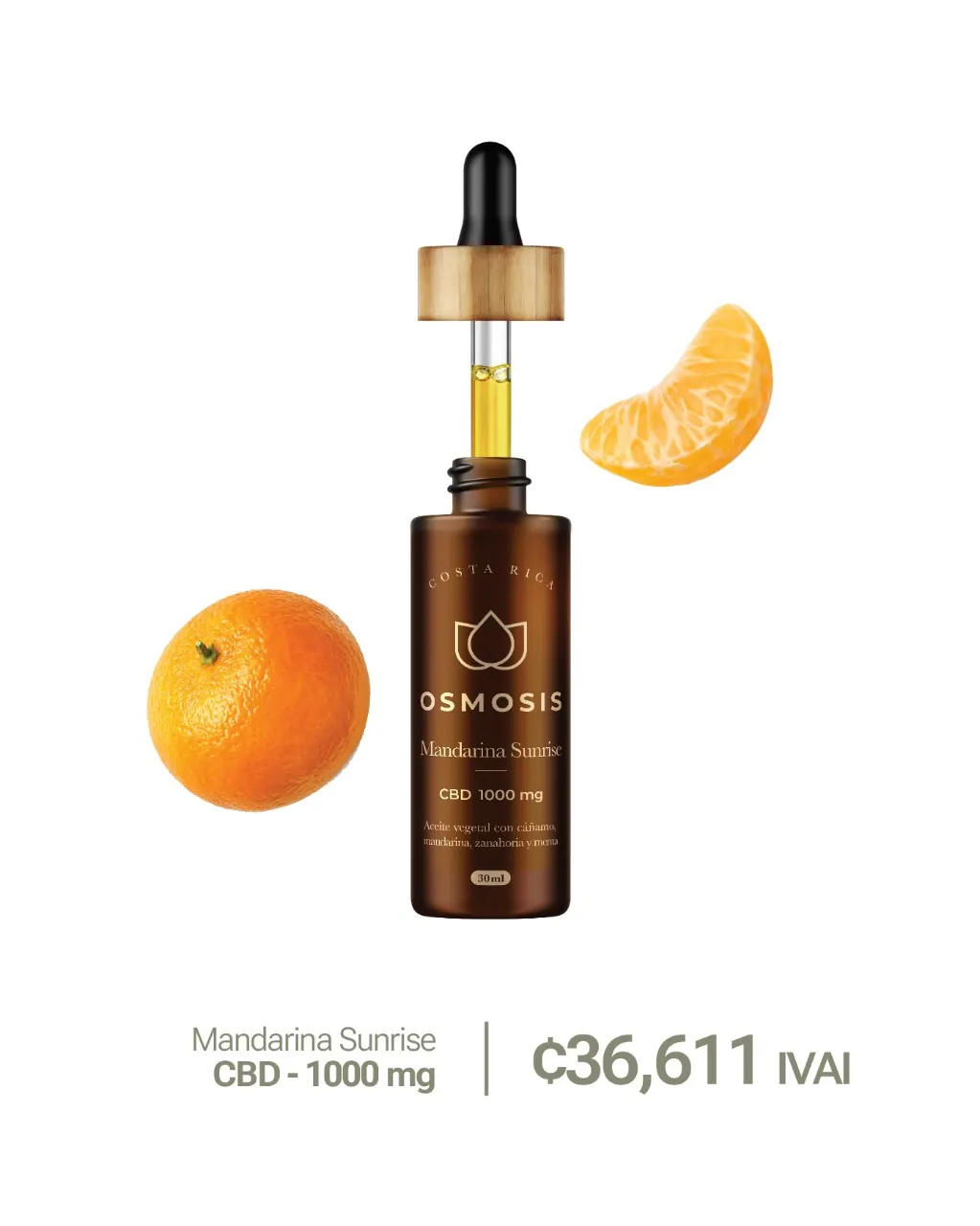For a long time, we have thought that “sativa” varieties give a cerebral effect, while the “indica” to the body. While this classification has prevailed for more than 200 years over, modern scientists believe this explanation is unfounded.
The origin of this phenomenon has been attributed to the French biologist Jean Baptiste Lamarck who in 1785 coined the term “indica” originally with the purpose of distinguishing psychoactive varieties that grew in hottest climates compared to those that grew in Europe to make fibers. The latter were popularly known as Cannabis Sativa.
Lamarck described the indicas as smaller plants with a strong trunk that produce “a kind of intoxication that relieves sorrows and produces a strong sense of joy.“
This term has managed to survive over time in a kind of double meaning depending on the context in which it is being used. Interesting studies on the subject have analyzed the transmutation of the term “indica” through different periods.
For example, starting in 1970, when the middle class of Western countries adopted the use of cannabis for various reasons, the debate around scientific classification began to give more information on the psychotropic properties of these varieties.
It is possible that the cause of this “confusion” is due to the great expansion of this type of variety thanks to patients and growers in different countries in Latin America, the United States and Europe.
Poor support from the medical and scientific community has thrown patients into a process of uncertainty and self-experience. In the search for the best genetics that suit your condition, recreational user terminologies were adopted to describe the effects of your experience.
Perhaps this is where different unique components in each variety were more easily categorized in the collective understanding that Sativa involves cerebral and indica, bodily effects. None of them with a clear scientific basis.
Terpenes: the modern discussion about the effects of cannabis
The legal market in modernity has allowed us to explore a new element: terpenoids. These types of components are responsible for providing aroma and color to plants. In addition, modern research, already very advanced, also assigns an effect to each of them. Of course, each of the effects also has to do with its cannabinoid profile, higher or lesser amount of THC or CBD.
| (Group of) Terpenes | Present in (among others) | Aroma | Possible medicinal uses |
| Cariofileno | Black pepper, cloves, cinnamon | Spicy, citrus | anxiolytic, antidepressant, antioxidant/prevention of aging, anti-inflammatory, anticoagulant, immune system protection, protection of the kidneys (in particular, by damage caused by chemotherapeutic medication), relaxing, protects the digestive tract, cell protector |
| Humuleno | Basil | Earth, herbaceous | antibacterial, anti-inflammatory, anticarcinogenic |
| Limonene | Citrus, Juniper, Mint | Citrus, fresh spice | anxiolytic, antibacterial, antidepressant, antifungicide, anti-inflammatory, anticarcinogenic, anti-stress, appetite inhibitor, gastric reflux/heartburn), cell protector |
| Linalool | Lavender, mint | Flowers, lavender, citrus, fresh spice | an anesthetic anesthetic anxiolytic, antipsychotic, anti-inflammatory, promotes memory, immune system protection, antispasmodic, relaxing, promotes lung healing in inflammations |
| Mirceno | Hops, Eucaliptus, Mango | Flowers, spicy, earth | antibiotic, antimutagenic, antioxidant/aging prevention, soothing, relaxing, anti-inflammatory, muscle relaxant, sleeping pill, relaxing |
| Ocimeno | Thyme, blue alfalfa | Wood, citrus, tropical fruits | deflammatory, antifungicide, antiseptic, antiviral, bactericidal, antibacterial, anti-inflammatory |
| Pinenos | Pine, Rosemary, Parsley | Pine, earth | antibacterial, antiseptic, anti-inflammatory, memory support, anticarcinogenic, improved attention, bronchodilator, counteracts the effect of THC |
| Terpineol | Artemis | Lilac, citrus, wood | antibacterial, antifungal, antimicrobial, antiviral, soothing and sleeping pills, promotes immune function |
| Terpinoles | Cilantro | Pine, herbs, anise, lime | antibacterial, antioxidant/aging prevention, soothing, anticarcinogenic, stomach tonic, relaxing, digestive |
Fuente: Potential Cannabis Synergy and Phytocannabinoid-Terpenoid Entourage
Each cannabis strain can be studied for its terpenes and cannabinoid profile, which once identified can shed light on the final effects on consumers or patients.
It is worth noting a study published in 2015 entitled “The Genetic Structure of Hemp and Marijuana“, in which about 81 samples offered in dispensaries were analyzed. The researchers concluded that after the analyses it was shown that the varieties did not correspond in their genetic identity to what the labels said.
“We found a moderate correlation between the genetic structure of marijuana strains and their ancestral relationship with the names C. sativa and C. Indica samples that generally these varieties do not reflect their genetic identity. We also find evidence that hemp is more similar in its genetics to C. indica than to varieties of C. Sativa”:
It is true that different varieties of genetics can provide results similar to the popular classification and that vary according to their composition. Because of their profile of cannabinoids and terpenes, some of them might approach the denominations.
Perhaps in the future, we will be able to speak more property according to these elements and where different stores classify the products according to their chemical properties.
Now, it is important that we have this discussion.





